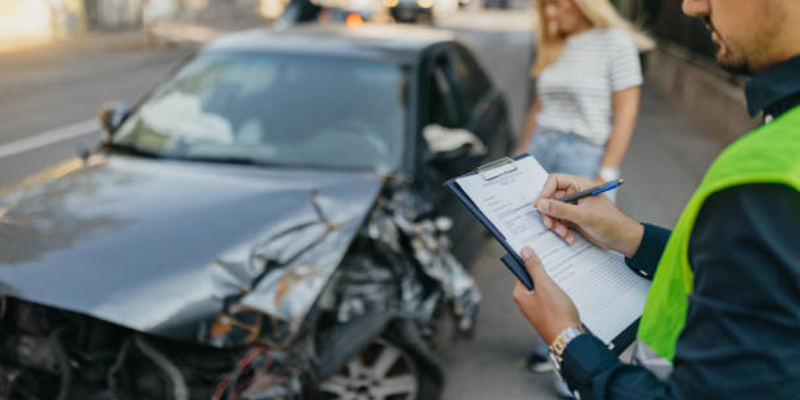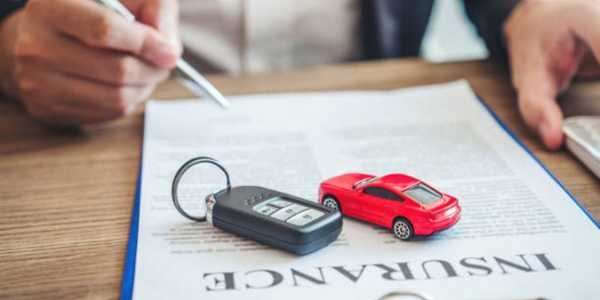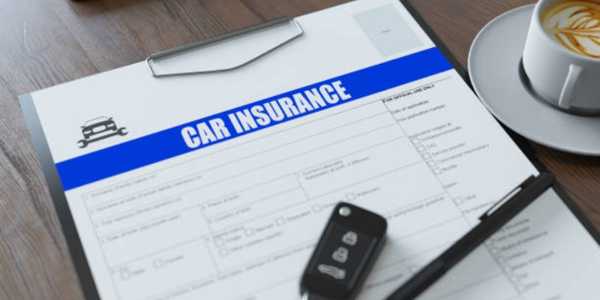What is Car Insurance and How Does It Work?
There is no denying that owning a car is a luxury, but it also comes with significant responsibility. The liberty to drive freely comes with the responsibility to provide safety for yourself, your passengers, and other drivers through the use of a car insurance policy. Speaking of which, what is car insurance, and how exactly does it work? To put it in layman’s terms, let’s simplify the issue so you are clear on how you can secure yourself while driving.
Getting Ready For Car Insurance
As the term suggests insurance, it is a basic agreement between two parties, you (the policyholder) and an insurance company. In exchange for remitting a set fee on a monthly, biannual or an annual basis (called a premium) the insurance company agrees to pay for specified costs regarding your car, may it be accident, theft, natural disaster, or any other predetermined incidents. Not too tricky, right? Extensively, there is much more to this term.

Coverage Types Overview
Car insurance policies differ from one provider to another. Based on your needs and region, several kinds of coverage options are available.
Liability Coverage: Liability coverage is primarily required by law in most jurisdictions. Liability coverage is the insurance that pays for any damages or injuries you inflict on other people during an accident. Imagine it as protecting you financially if you are the negligent party.
Collision Coverage: If you crashed into another car or object, collision coverage helps repair your vehicle. Remember, this usually has a deductible which is the amount you have to pay before insurance payment kicks in.
Comprehensive Coverage: Comprehensive provides protection against other incidents like theft, vandalism, fire, or damage caused by animals. Unlike collision, comprehensive does not cover accidents. Again here, anticipate a deductible.
Uninsured/Underinsured Motorist Coverage: Do you ever think about the person that does not have sufficient or any insurance and what would happen if you encountered each other in an accident? This type of coverage is useful when the other driver is unable to fully pay for damages or injuries.
Personal Injury Protection (PIP): Sometimes referred to no-fault coverage, it assists with medical costs for you and your passengers regardless of who caused the accident. Depending on the policy, it may also encompass wage loss and burial expenses.
Gap Insurance: This type of insurance is helpful if you take out a lease or loan on a new car. It pays for the difference between the current value of the vehicle and the remaining balance on the loan if the vehicle is written off.
These options are equally important for a comprehensive understanding of your policy. Without knowing what each option entails, they could prove to be burdensome.
Comparing Policies
The most important thing to keep in mind while searching for car insurance is the examination not only of the quotes but also of the coverage limits, claims deductibles, and any extras services included in different offers. For instance, certain companies may grant students a discount for good academic performance along with discounts for multiple policies. Others provide assistance at the scene of an accident or coverage for a replacement car on the insurance.
In addition to cost, evaluate the service level, claims service efficiency, and the company’s reputation in the market. After all, your reliable partner should be ready for any surprises.
What Is the Process of Car Insurance In Practice?
Let's examine the most vital aspects on how car insurance works when a claim is filed. For instance, if you ever find yourself in a minor accident like a fender bender, remember, it's not a catastrophe! Here’s what happens step by step:
Inform the Relevant Authorities: First things first, make sure everyone is alright and if necessary seek medical help. Following that, talk to your insurance company association as soon as possible. They’ll assist you with the rest.

Examination: An investigator will evaluate the damages. They will also look at photos, interviews, and police evidence to determine who is at fault. And don’t panic — if you’re found at fault, the good news is that insurance covers it!
Offer To Solve The Problem: After determining who is to blame, the insurance company settles the dispute by offering to pay for repairs, medical attention, or anything else that relates to the specific insurance policy.
Remuneration: After the settlement process has been made final, payment will either be sent directly to you or through the auto shop that is working on your car. If you have a deductible, don't forget that you must pay this in advance.
Noteworthy is the fact that each state or nation may have their own set of rules on what coverage is mandatory and how claims should be processed. It is always prudent to check the local regulations to avoid getting surprised later on.
Elements Influencing Your Premiums
Have you ever wondered how two people with similar cars can insure them at completely different rates? Premium rates are dependent upon the following factors:
Driving With Record Drivers: Having no infractions on a driving record translates to lower risk and easier insurance premiums. Traffic violtions, DUIs, and a history of accidents highly increases rates.
Type of Vehicle: Insuring high-end, sports, or luxury vehicles is often much higher than economy models due to high rates of car theft and expensive repairs.
Age, Sex: Younger male drivers traditionally tend to drive at a higher level of risk and thus are issued higher premiums. Senior drivers, however, tend to pay much less.
Place of Residence: Rural areas typically see lower rates as compared to urban areas which tend to have higher rates due to high risk of accidents, theft and even vandalism.
Credit Rating: Many insurance companies use credit rating as a gauge of how an individual would behave in the future. This may positively or negatively impact your rate with some insurers.
Knowing these variables enables one to make better choices regarding incurred costs balanced against suitable level of risk coverage which is in place.

Pointers on How to Cut Car Insurance Expenses
Insurance is often the most overpriced item on any list of expenses, so to contain your premium expenses, consider these expenses controlling measures:
Compare Prices: Make sure to check the services of more than one provider as often as possible to make sure you are not missing out on a great deal.
Increase your Plan Deductible: Increasing your deductible means you pay for more out-of-pocket expenses, but your monthly installment gets lower. Just keep in mind how much you will need to cover out-of-pocket in the event that a claim is made.
Combine Your Policies: Some insurance providers offer reduced rates for customers who take out other types of insurance, like home, life, health, etc., with them.
Improve Your Score: Ensuring timely bill payments pays off in credit score improvement which in turn can lower your insurance rates.
Check if You Qualify for any Discounts: Defensive driving courses, Anti-theft gadgets, and low mileage can also translate to discounts so make sure to ask.
Now, you do not have to feel compromised knowing that there is a way to effectively cover your bases while still spending less than what you would normally do.
Future Planning Assistance
There are also some life changing events which can influence the need for new financial and coverage options such as moving to another city, purchasing another car or adding teenage drivers. Making sure that you have the right policies and coverage means that you will always be protected for all eventualities.In this modern life, having reliable car insurance isn’t just a luxury, it’s a necessity. Educating yourself about coverage details, the claim process, and cost saving measures allows you to navigate the complex world with confidence. So, fasten your seatbelt, drive at a safe speed, and smile while knowing that you are ready for anything on the road of life.


